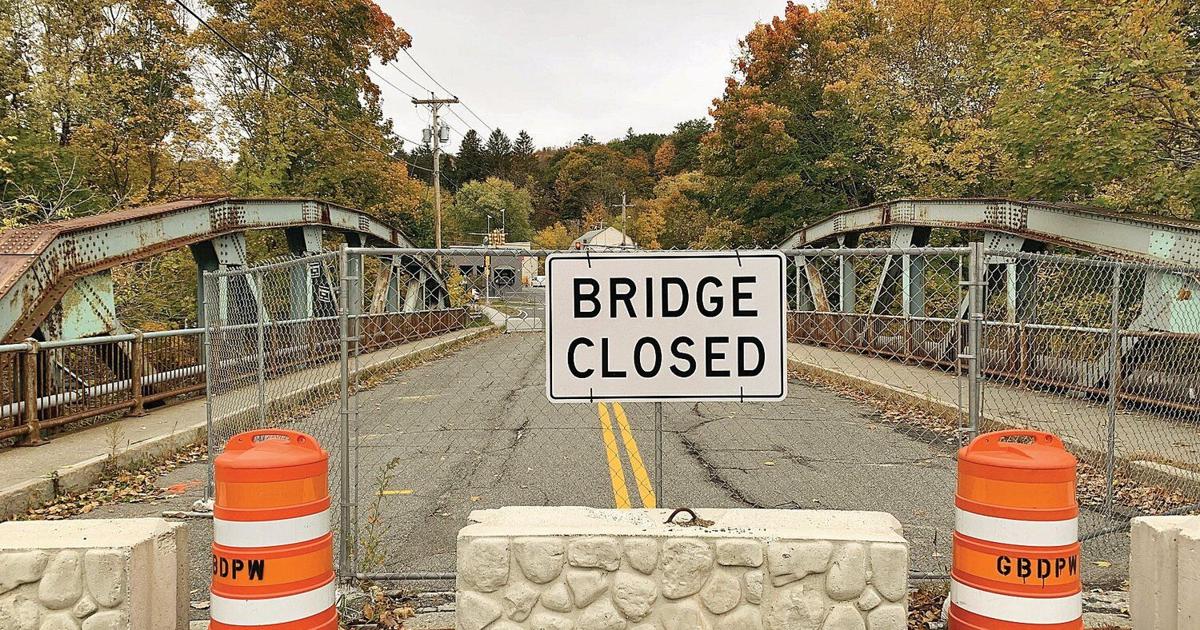- Joined
- Dec 10, 2011
- Messages
- 5,599
- Reaction score
- 2,717
Mass' own Accelerated Bridge Repair program will end in 2016, after a run of 8 years, having rebuilt ~200 bridges statewide, such as replaced all the bridges on I-93 North and little stuff, and rebuilt the Longfellow.
What's next? Seems to me that we should raise the gas tax and "keep going" Having stuff in good repair. Mostly these small projects seem to benefit from (1) adequate competition between bidders and (2) not subject to "too big to fail" hostage-taking (like the Big Dig, GLX, and Longfellow have been, each in their way)
Over those 8 years we went from ~540 deficient bridges to ~410 (note that in "doing" 200 bridges, you only clear a [130] bridge backlog, because [70] bridges "turned bad" during the 8 years. How about another 200 over the next 8 years? And we get down to 300?

I'd like to see Gov Baker sign up for rolling-renewal with small enhancements (like the lengthened exit lanes we got on I-93 as part of the bridge redo) Stuff like electronics: free tolling, traffic modeling/automation, and signal upgrades on the Worcester lines.
These little projects seem like a good value for money precisely because we don't bid them on a "will pay any price" basis.
What's next? Seems to me that we should raise the gas tax and "keep going" Having stuff in good repair. Mostly these small projects seem to benefit from (1) adequate competition between bidders and (2) not subject to "too big to fail" hostage-taking (like the Big Dig, GLX, and Longfellow have been, each in their way)
Over those 8 years we went from ~540 deficient bridges to ~410 (note that in "doing" 200 bridges, you only clear a [130] bridge backlog, because [70] bridges "turned bad" during the 8 years. How about another 200 over the next 8 years? And we get down to 300?

I'd like to see Gov Baker sign up for rolling-renewal with small enhancements (like the lengthened exit lanes we got on I-93 as part of the bridge redo) Stuff like electronics: free tolling, traffic modeling/automation, and signal upgrades on the Worcester lines.
These little projects seem like a good value for money precisely because we don't bid them on a "will pay any price" basis.
Last edited:


